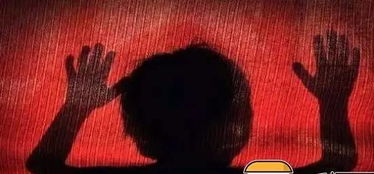
Brown Recluse Bite Stages: A Detailed Look
The brown recluse spider, also known as the fiddleback spider, is a species that has garnered quite a bit of attention due to its potentially harmful bites. Understanding the stages of a brown recluse bite can help in recognizing the severity of the situation and seeking appropriate medical attention. Let’s delve into the various stages of a brown recluse bite.
Recognition of the Bite

When a brown recluse spider bites, it often leaves a small, painless, and barely noticeable wound. This is because the spider’s venom is not as toxic as that of other spiders, and it may take several hours for the bite to become apparent. However, if you suspect you’ve been bitten by a brown recluse, it’s essential to pay attention to the following signs:
-
A small, red or purple bump that may be itchy or painful
-
Swelling around the bite area
-
Redness that may spread beyond the bite
-
Joint pain or muscle stiffness
Immediate Response

After identifying the bite, it’s crucial to take immediate action. Here’s what you should do:
-
Clean the bite area with soap and water to prevent infection.
-
Apply a cool, wet compress to reduce swelling and pain.
-
Keep the affected area elevated to minimize swelling.
-
Seek medical attention if symptoms worsen or if you experience difficulty breathing, fever, or chills.
The First 24 Hours

During the first 24 hours after a brown recluse bite, the symptoms may vary. Some individuals may experience mild discomfort, while others may develop severe reactions. Here’s what to expect:
-
Mild symptoms: Redness, swelling, and pain around the bite area.
-
Severe symptoms: Swelling that may spread beyond the bite, fever, chills, nausea, and vomiting.
Days 2-5
After the initial 24 hours, the symptoms may begin to subside. However, it’s essential to monitor the affected area closely. During this stage, you may notice:
-
Healing of the bite area
-
Redness and swelling may decrease
-
Joint pain or muscle stiffness may persist
Days 6-10
By this stage, the bite area should be healing, and symptoms should be significantly reduced. However, it’s still important to monitor for any signs of infection or complications. Here’s what you can expect:
-
Further healing of the bite area
-
Reduction in swelling and redness
-
Improvement in joint pain and muscle stiffness
Long-Term Effects
In most cases, a brown recluse bite will heal without complications. However, some individuals may experience long-term effects, such as:
-
Scarring
-
Discoloration of the skin
-
Joint pain or muscle stiffness
It’s essential to seek medical attention if you experience any of these long-term effects or if your symptoms worsen.
Prevention and Safety Measures
Preventing a brown recluse bite is crucial, especially if you live in an area where these spiders are common. Here are some tips to help you stay safe:
-
Keep your home clean and clutter-free, as brown recluse spiders prefer dark, undisturbed areas.
-
Seal any cracks or crevices in your home, as these can serve as entry points for spiders.
-
When traveling, be cautious of sleeping in areas with a lot of clutter or in outdoor settings.
-
Wear gloves when handling items in dark, undisturbed areas.



